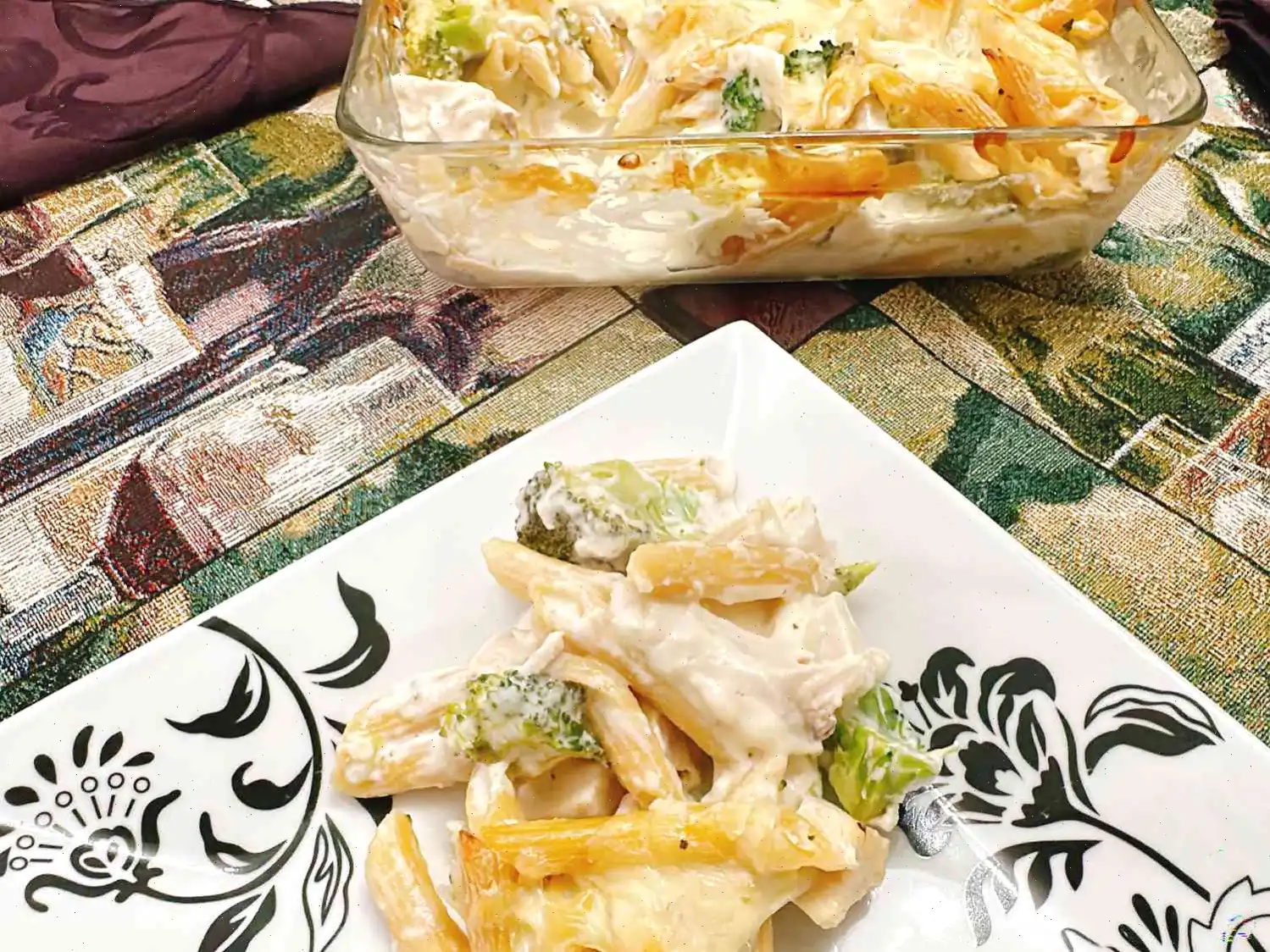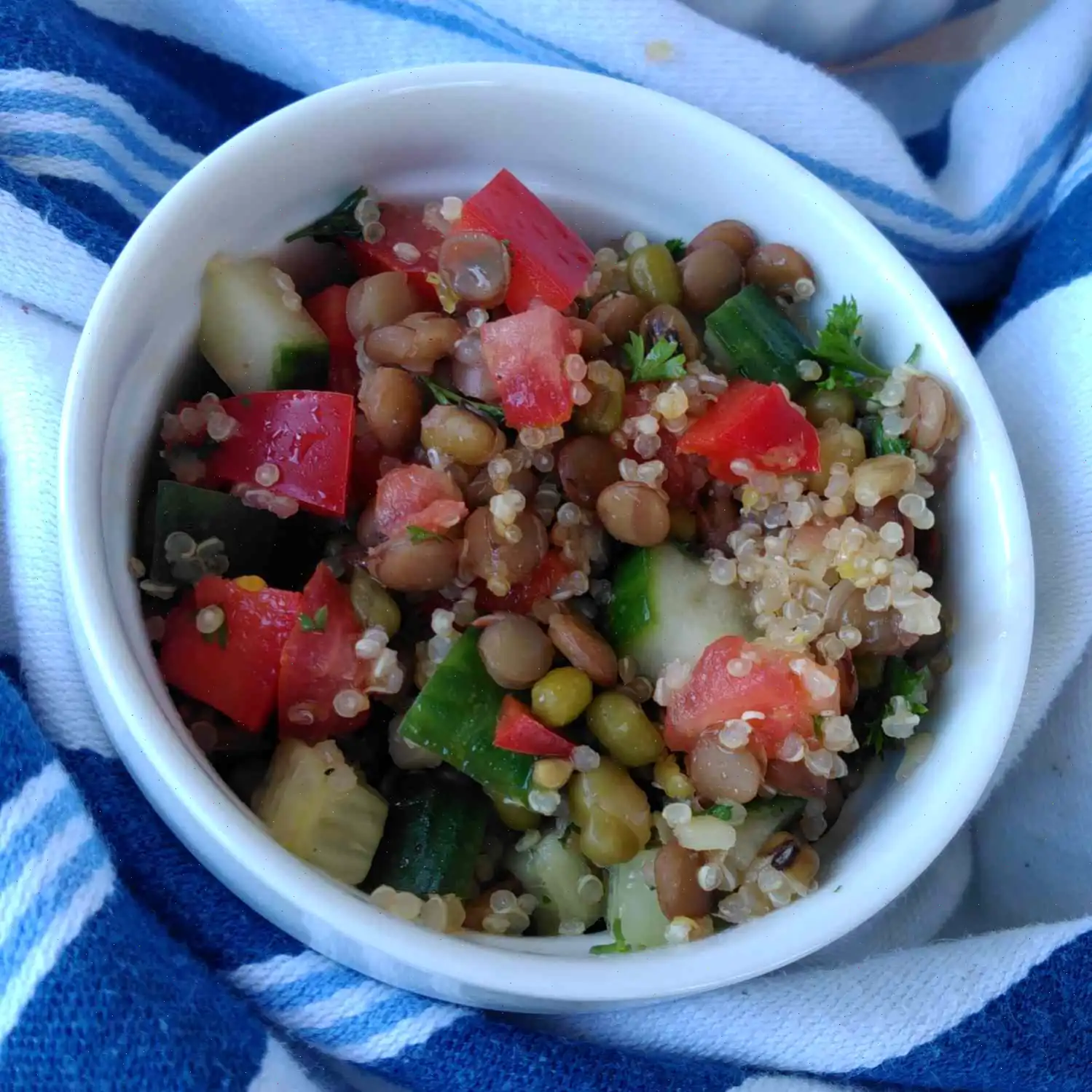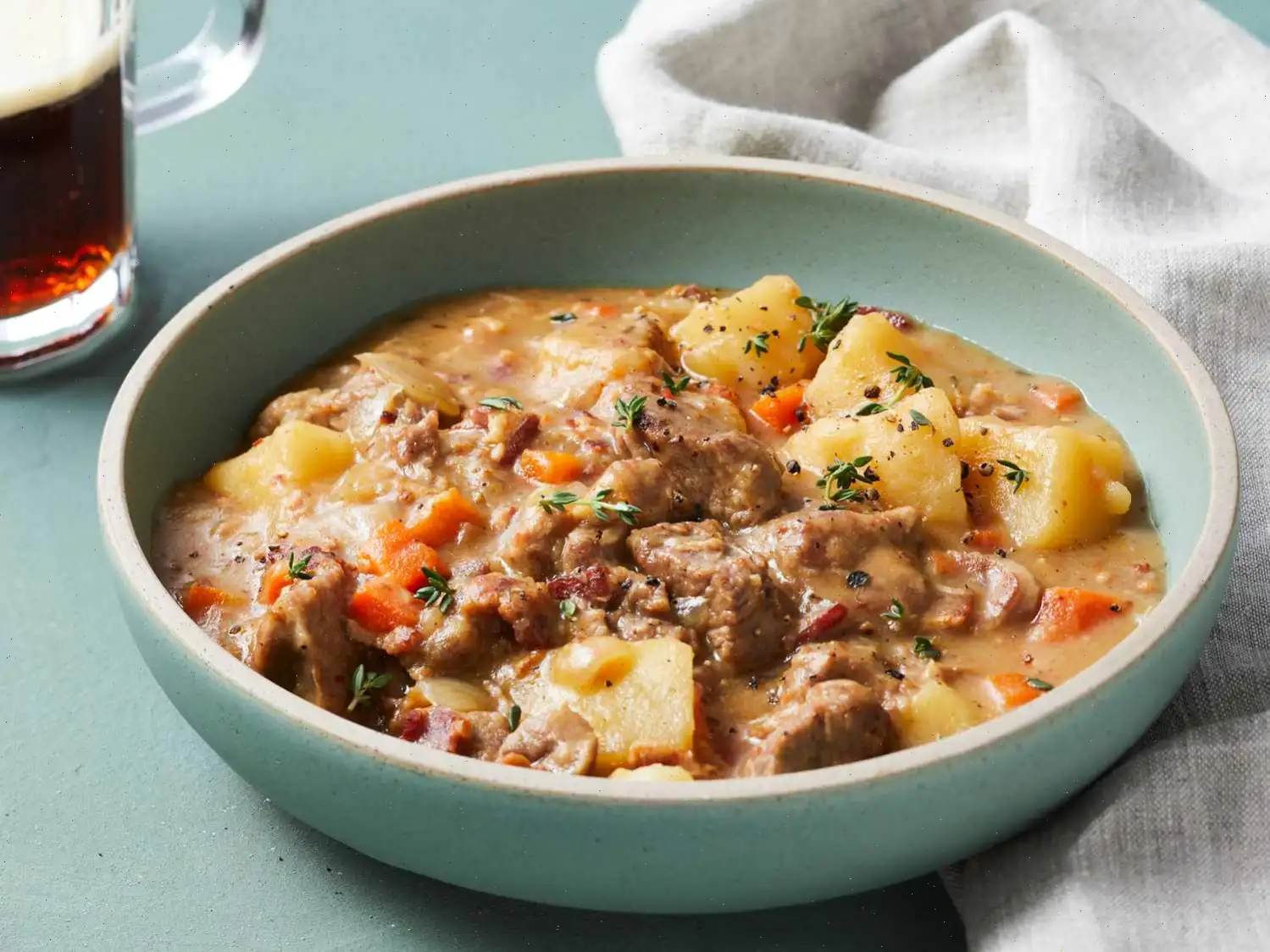
Hiyashi Chuka Noodles Recipe
Ingredients
- 5 tablespoons chicken stock
- 3 tablespoons soy sauce
- 3 tablespoons white vinegar
- 2 tablespoons white sugar
- 1 teaspoon sesame oil
- teaspoon chili oil (Optional)
- 2 (3 ounce) packages ramen noodles
- 1 large egg, beaten
- 1 slice cooked ham, cut into thin strips
- 1 carrot, grated
- cucumber, julienned
- sheet nori, cut into thin slices
- 1 tablespoon hot Chinese mustard (Optional)
Directions
Step 1: In a small bowl, combine chicken stock, soy sauce, vinegar, sugar, sesame oil, and chili oil (if using). Stir until the sugar dissolves.
Step 2: Bring a saucepan of water to a boil. Add the ramen noodles and cook for 2 minutes. Once cooked, drain the noodles and refrigerate them until cold.
Step 3: While the noodles chill, heat a small nonstick skillet over medium heat. Pour in the beaten egg and tilt the skillet to spread the egg evenly. Cook until the egg sets and becomes firm. Fold the egg in half and remove it from the skillet. Slice the cooked egg into thin strips.
Step 4: Divide the cold noodles between two serving plates. Top each plate with piles of sliced egg, ham, grated carrot, and julienned cucumber.
Step 5: Pour the soy sauce mixture over the noodles and garnish with the sliced nori. Serve with the hot Chinese mustard on the side, if desired.
Nutrition Facts (per serving)
| Nutrient | Amount | % Daily Value |
|---|---|---|
| Calories | 236 | 12% |
| Total Fat | 10g | 13% |
| Saturated Fat | 2g | 12% |
| Cholesterol | 101mg | 34% |
| Sodium | 2093mg | 91% |
| Total Carbohydrate | 29g | 10% |
| Dietary Fiber | 2g | 8% |
| Total Sugars | 16g | - |
| Protein | 9g | 19% |
| Vitamin C | 4mg | 5% |
| Calcium | 54mg | 4% |
| Iron | 2mg | 9% |
| Potassium | 346mg | 7% |
* Percent Daily Values are based on a 2,000 calorie diet. Your daily values may be higher or lower depending on your calorie needs.

Origin and History of Hiyashi Chuka
Hiyashi Chuka, a refreshing cold noodle dish, originated in Japan as a way to beat the heat during the summer months. It was first introduced in the 1920s when Chinese-style cold noodles became popular in Japan. Hiyashi Chuka literally translates to "chilled Chinese noodles," reflecting its roots in Chinese cuisine. This dish became a summer staple in Japan, offering a cooling and satisfying meal when temperatures soar. Traditionally, it is served chilled with a variety of colorful and vibrant toppings, making it both a feast for the eyes and the palate.
Regional Variations of Hiyashi Chuka
While Hiyashi Chuka is widely enjoyed across Japan, the dish can vary in ingredients and preparation depending on the region. In some areas, the noodles may be served with more exotic toppings like seafood, while others might incorporate pickled vegetables or a different type of dressing. The most common vegetables include cucumber, carrots, and egg, but there is also a variety of meats such as ham or chicken. The dressing, typically a mix of soy sauce, vinegar, and sesame oil, may be adjusted to taste, with some regions adding a touch of chili oil or mustard for extra flavor. Each regions version reflects local preferences, offering a unique take on this classic dish.
How Hiyashi Chuka Differs from Similar Dishes
Hiyashi Chuka shares similarities with other cold noodle dishes, such as "ramen salad" and "soba noodles" served chilled, but it stands apart with its distinctive combination of flavors. Unlike traditional ramen served in broth, Hiyashi Chuka is served cold with a tangy and savory dressing, giving it a more refreshing taste. The noodles are typically ramen or somen, which are slightly thicker than soba, offering a different texture. Additionally, the wide array of colorful toppings, like shredded egg, cucumber, and slices of ham or pork, adds an element of variety and contrast that sets Hiyashi Chuka apart from other cold noodle dishes.
Where is Hiyashi Chuka Typically Served?
Hiyashi Chuka is a popular summer dish in Japan, typically enjoyed at home or in casual eateries like ramen shops, izakayas (Japanese pubs), and food stalls. It's often featured on restaurant menus during the hot summer months, offering a light and cooling option for those looking for a break from heavier, hot dishes. Outside of Japan, Hiyashi Chuka has become a favorite in Japanese restaurants globally, particularly in countries with warmer climates where a cold dish can be both refreshing and satisfying.
Fun Facts About Hiyashi Chuka
- In Japan, it is common to eat Hiyashi Chuka during the Obon festival, a traditional event where families gather and remember their ancestors. It's a way of staying cool during the hot weather while enjoying a delicious meal together.
- Hiyashi Chuka is a customizable dish. Depending on personal preferences, you can add a variety of ingredients, such as shrimp, chicken, or even tofu. The sauce can also be modified with the addition of miso or more chili oil for those who enjoy a spicier kick.
- The dish is a great example of Japanese cuisine's ability to adapt and innovate. While rooted in Chinese culinary traditions, Hiyashi Chuka reflects Japan's skill in refining and localizing flavors to suit the Japanese palate.
- Although it is called "Chinese noodles," the dish is more of a Japanese interpretation, with influences from both Chinese and Western cooking traditions.
FAQ about Hiyashi Chuka Noodles Recipe
Comments
Mark Phillips
12/01/2022 04:27:56 AM
I decided to switch things up a bit! Instead of using ramen noodles, I followed a clever trick from the serious eats website to transform spaghetti noodles into a ramen-like dish - definitely a great alternative if you don't have any ramen noodles on hand! I substituted zucchini for cucumbers, included red pepper strips and sautéed mushrooms. I used my immersion blender to make the beaten egg extra light and fluffy, which turned out fantastic! I also added approximately 1/2 cup of julienned daikon. The end result was absolutely amazing!
Andrew Campbell
10/23/2024 03:38:16 PM
Absolutely amazing! I made this dish with thinly sliced pork and cooked shrimp. The possibilities for customization are endless. I served the toppings in individual ramekins so that everyone could tailor their bowl to their liking. I also added green onions, sesame seeds, and a hint of fresh ginger. The flavors were fantastic, a recipe worth keeping!
Tyler Campbell
08/14/2024 04:35:47 AM
I thoroughly enjoyed the sauce, but I found the ramen noodles to be a bit distracting from the overall flavor. I believe this dish would be greatly improved by using somen noodles instead. If I had followed the exact same recipe but simply substituted the noodles, I would definitely rate it 5 stars.
Scott Rodriguez
11/12/2022 11:08:43 PM
This recipe is quite good, although I left out several ingredients because I either didn't have them or they weren't to my taste preferences. However, the recipe is simple and affordable (although it does take a bit of time to prepare), so I would definitely consider making it again!








